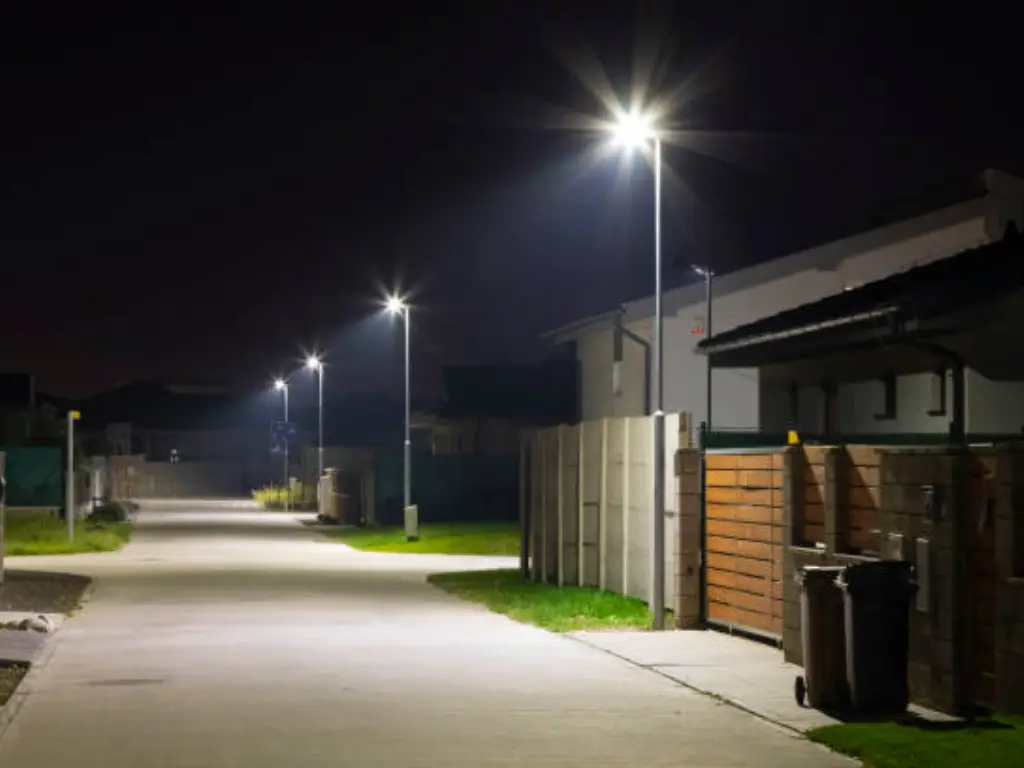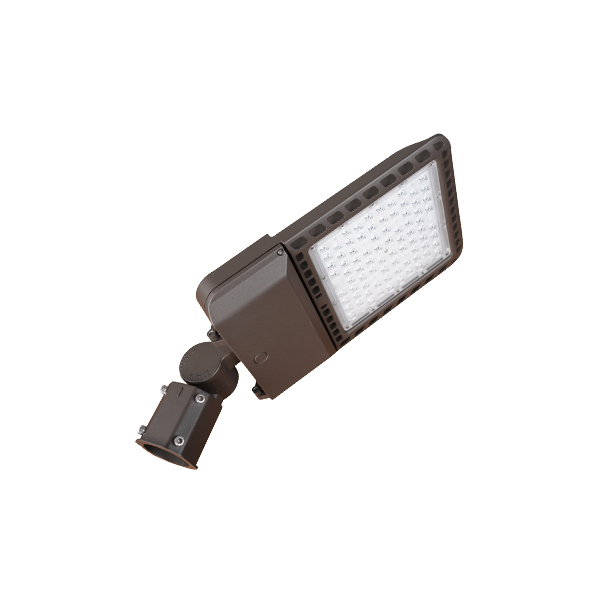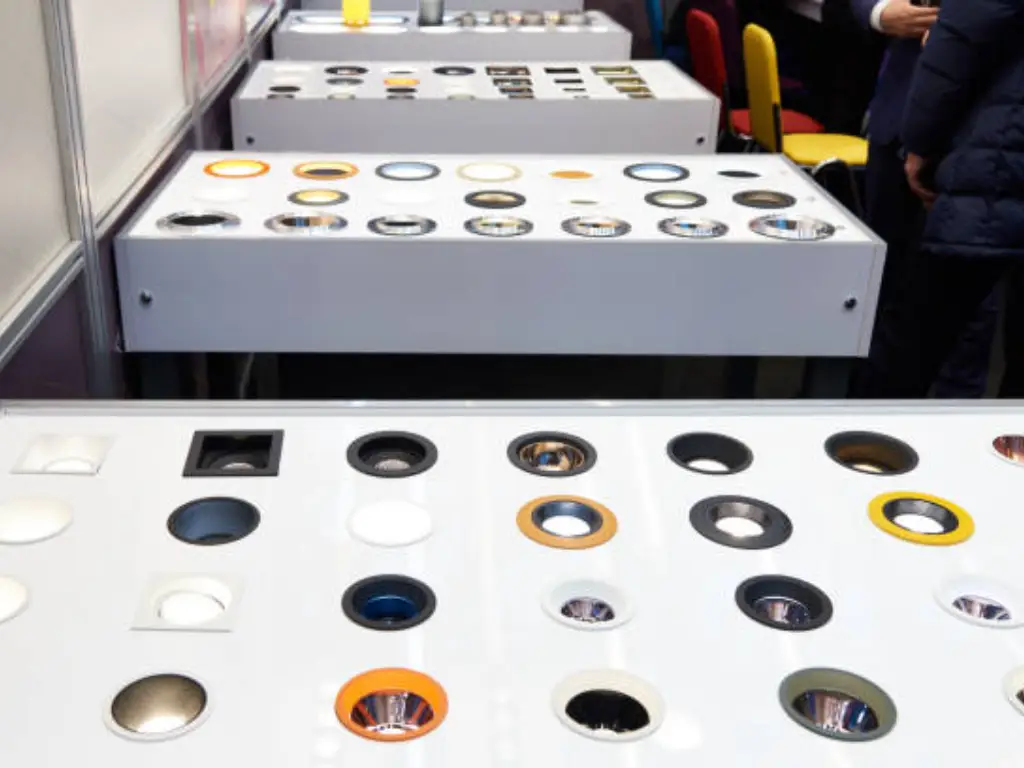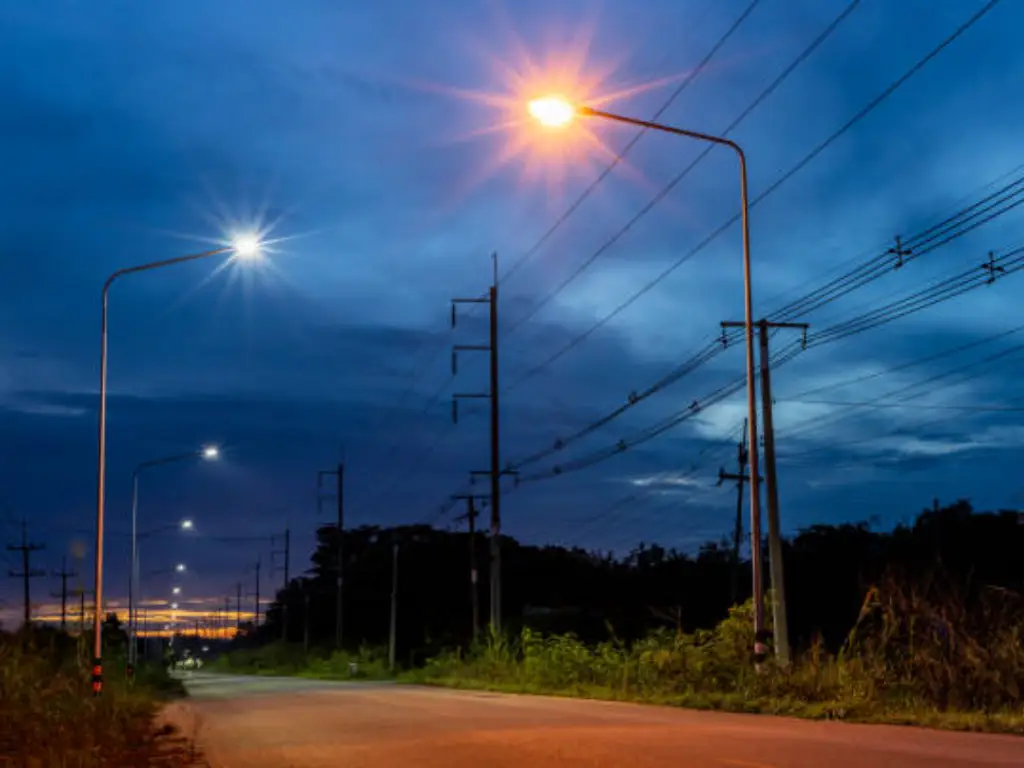Introduction
Improvements in the development of new urban and suburban infrastructures focused on optimizing their use and making them more safety-compliant and eco-friendly are the main concerns. One of the most recent inventions being automatic control street lights is a great innovation in this regard since it has myriad advantages compared to manual control lights. With the promise of integrating smart technologies, these systems have the capability of adjusting to light conditions automatically which offers the flexibility of achieving a more advanced urban setting. Newer types of urban lighting systems are developed with new advanced mechanisms for control of street lighting which has more adaptability and efficiency.
Just as with every new technological invention, automatic streetlights have their specific advantages and disadvantages. The objective of the article is to analyze the opportunity for automatic street light systems and provide meaningful information for planners, urban management experts, or any person who is concerned about the future of street illumination.
Overview of Automatic Street Light Systems
In order to evaluate the pros and cons of automatic street lighting, it is essential to consider the different designs of such systems and how they function first.
How Do They Work?
The primary concept of automatic street lights is that they can function alone without external help. Their walking independence is achieved through sensors and control systems.
- Photocells: These are light resistors that measure the intensity of light around them. The photocell will close the light when the darkness falls below a certain threshold to turn on. When daylight returns, the photocell will automatically open the light. This is the most common and basic form of automation.
- Timers: Pre-programmed timers are also applied in some pre-programmed systems to turn lights on and off at preset times instead of responding to environmental cues. While they are less responsive to immediate change than photocells, they afford a greater measure of predictability.
- Motion sensors: More sophisticated automatics include the use of motion sensors, either Passive Infrared (PIR) or radar sensors, that detect movement within range. These lights usually operate at low power, increasing to full power only when some motion is sensed, thus enhancing energy savings further.
- Smart Control Systems: The most advanced automatic systems for street lighting are part of a smart city network. Such systems usually integrate several sensors, including light, motion, and at times even environmental sensors, with remote monitoring and control capabilities. These systems are able to report maintenance issues, remotely adjust brightness levels, and modify illumination based on actual climatic conditions through a central management system.
Common Types in Use Today
The technologies available on the market for automatic street lights encompass various types, each possessing a unique set of advantages and disadvantages:
- Solar-Powered Automatic Street Lights: As the name suggests, these systems use photovoltaic (PV) panels to capture and store sunlight in batteries which is later used to power the LED light sources during the night. They are best suited for places where sunlight is abundant and grid connection is expensive or difficult.
- LED Street Lights with Integrated Sensors: This approach is common because it combines the energy savings of LED technology with prolonged durability. The addition of photocells or motion sensors further adds to the energy efficiency of these lights which makes them use less electricity in comparison to HID lamps.
- Intelligent Integrated Street Lights: Their additional features like sensors and communication technology (Zigbee, LoRaWAN) allow for the use of LED lighting. Remote access enables the modification of lighting extents, monitoring of energy use, and maintenance materials planning in advance.
| Feature | Solar-Powered Automatic Street Lights | LED Street Lights with Integrated Sensors | Smart Interconnected Street Lights |
| Energy Source | Solar | Grid Power | Grid Power |
| Automation Method | Photovoltaic Conversion, Battery Storage | Photocell, Motion Sensor | Multiple Sensors, Networked Control |
| Initial Cost | Higher | Moderate | High |
| Maintenance | Battery Replacement, Panel Cleaning | Low (Primarily LED Lifespan) | Moderate (Sensors, Network) |
| Environmental Dependence | High | Low | Low |
| Control Flexibility | Limited (Basic On/Off) | Basic (On/Off, Motion Dimming) | High (Remote Control, Dynamic Adjustment) |
| Best Use Cases | Off-grid areas, sunny regions | Urban and suburban roads, pathways | Smart cities, large-scale deployments |
The Bright Side: Key Advantages of Automatic Street Light Systems
There are many advantages in the adoption of automatic street lighting systems which resolve issues pertaining to modern urban planning and sustainability.
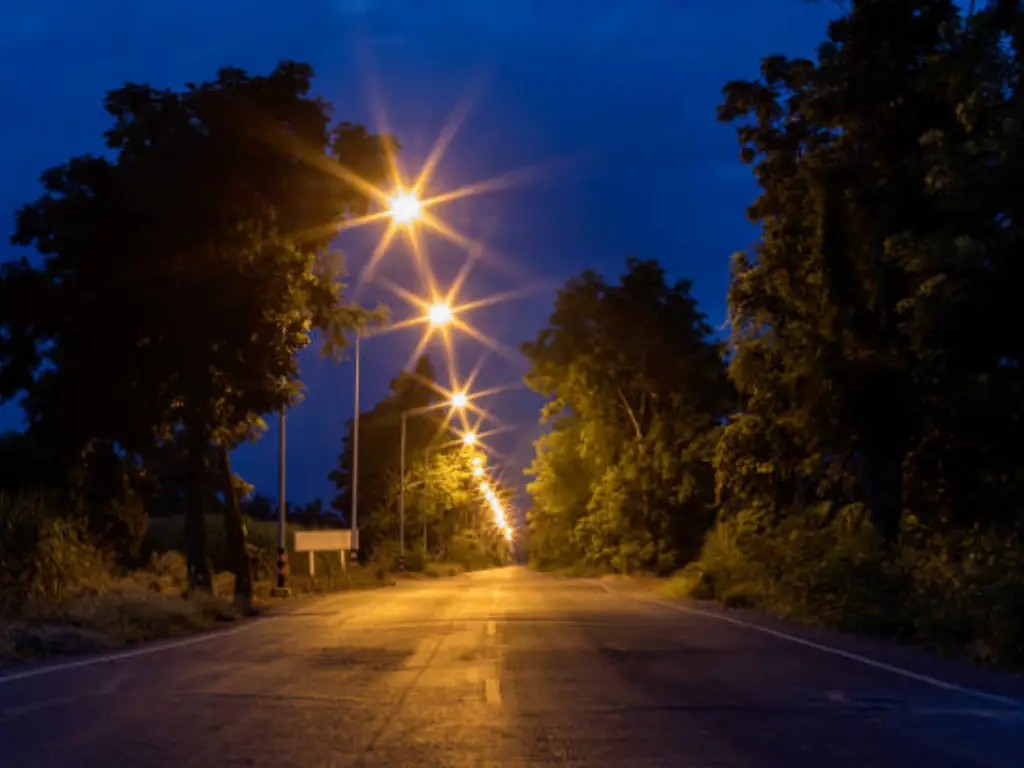
Enhanced Energy Efficiency and Potential Cost Savings
With the advent of LED and smart control capabilities, the automation of street light systems has many highlighted benefits including increased energy efficiency. Unlike the former traditional street lights that relied on incandescent bulbs which required a significant amount of energy, LED-powered smart street lights with computer dimming consume significantly less power while providing the same or better illumination to the area. As stated in the U.S. Department of Energy’s research, LED street lighting as opposed to traditional lighting has the capability of saving energy by 50%-75%.
In addition, the automation feature guarantees that lights are only activated when necessary. During the day, photocells deactivate lights though time control, further curbing energy waste. Energy efficiency is further enhanced by motion sensor-equipped lights that, in the absence of detected activity, dim or switch off entirely. The use of group control systems for multiple lights increases further management efficiency. These savings contribute to a significant reduction in operational costs of municipalities and communities over time.
Reduced Maintenance and Operational Costs Over Time
LED automatic street lights require relatively less maintenance compared to their traditional counterparts. Street LED lights are estimated to last longer, exceeding fifty thousand hours. after years of use. Simply put conventional sources of light last approximately 15,000 to 20,000 hours. The greater longevity translates to fewer bulb replacements, thereby cutting maintenance costs on labor and materials.
Additionally, smart street lighting systems are capable of self-reporting malfunctions or other potential problems to a central management system, allowing for advanced scheduling of maintenance before problems arise. This ability can minimize downtime and optimize maintenance resources. While the initial investment may be higher, automatic LED street lights prove more cost-effective in the long run due to significantly reduced maintenance and operational expenses.
Improved Safety and Security for Communities
Street lighting has an important role in fighting crime, and lit streets promote the safety and security of communities. Automatic street illumination helps with nighttime visibility. Moreover, the photocells that turn on lights automatically at sundown ensure that there is street lighting for pedestrians, cyclists, and motorists.
Security can further be improved with advanced systems of motion sensors, which light areas when there is movement, thus preventing possible criminal acts. Moreover, and most importantly, what LED streetlights bring to street lighting is even and bright illumination. Their high efficiency in light production means when these LED street lights are used, dark spots and shadows are highly reduced thus creating a better safer environment for everyone.
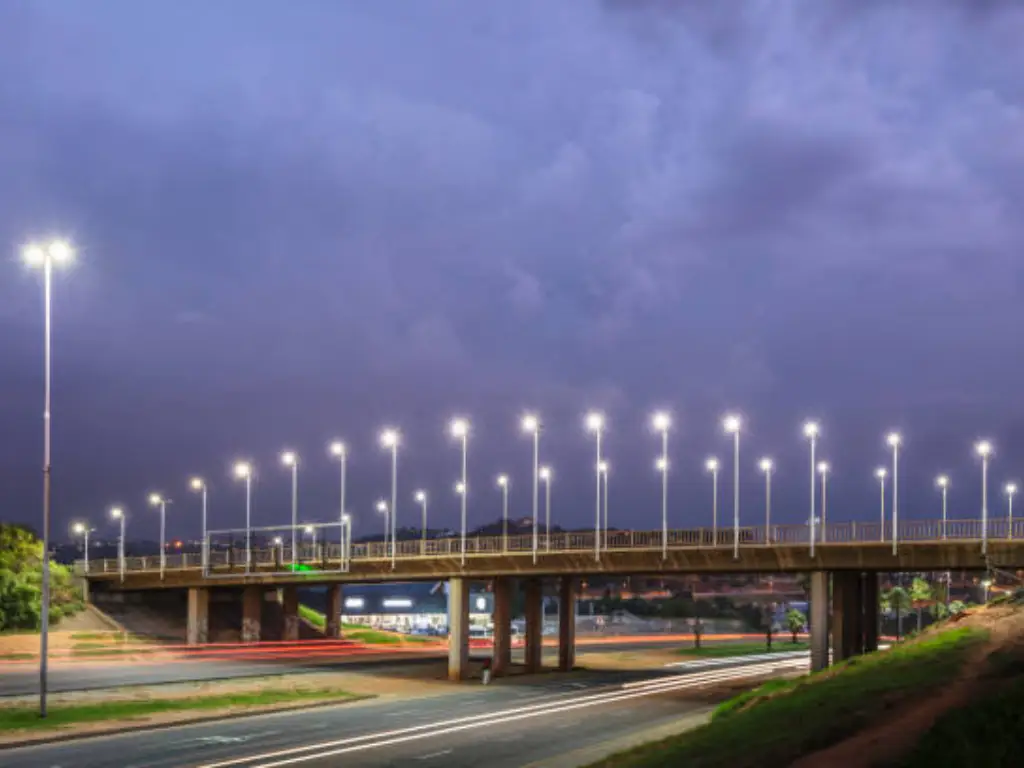
Research has established the connection between better street illumination and a decline in crime rate, so it is evident that automatic street illuminations encourage the initiatives of community safety projects.
Navigating the Challenges: Understanding the Disadvantages of Automatic Street Light
Despite their numerous benefits, automatic street light systems also present certain disadvantages that need careful consideration during the planning and implementation phases.
High Initial Investment and Installation Expenses
One of the most glaring challenges of automatic street lights, especially smart and solar-powered variations, is their higher cost relative to traditional lighting infrastructure. As with most innovations, their specialized hardware tends to come with a premium. For solar-powered street light systems, the included PV panels and batteries alongside high-power LED luminaires, sensors, and control units, increase the initial investment astronomically.
Especially with smart systems that employ network infrastructure and require specialized installation procedures, installation costs can escalate as well. While these costs can eventually be balanced by long-term operational savings, these pose a serious challenge to municipalities or projects with confined resources because the long-term expenditure can be burdensome.
Complexity in Maintenance and Potential for Technical Issues
While LEDs do not require frequent replacements, their automation components drastically change the baseline maintenance requirements of the system. Smart control systems are prone to software glitches or communication failure while lighting control systems can malfunction due to environmental factors. Usually, solving such technical problems involves specialized expertise which drives up maintenance costs in some particular cases. In other cases, these added complexities become exacerbating burdens by introducing additional systematic interfaces.
The maintenance of solar-powered street lights requires more work than intended, as the battery life often necessitates batteries being switched out every 5-7 years. The longer the battery lasts, the more uses the light gets, so this can be an issue for people trying to save money.
Dependence on Environmental Factors (Especially for Solar Powered Lights)
The bigger the dependency on solar panels, the more concern there is with the location of the light. For example, if the street light is in a region that is often rainy or cloudy, the light’s performance will decrease significantly, as there is no access to sufficient sunlight for charging. This means that the solar panels are automatically less efficient at charging, which will greatly limit the amount of time the light will illuminate.
Snow, dust, and dirt can cover the solar panel, which will make the panel less efficient at charging the lights. This will require frequent cleaning, which is a hassle. So will the temperature extremes that will affect the performance and longevity of the solar battery.
Limitations in Flexibility and Control for Certain Systems
Smart street lighting control systems feature the highest level of control and llexibility, which simpler automatic systems are incapable of matching. An example would be photocellcontrolled lights which do not offer any form of brightness or temporal adjustment. They merely switch on or off depending on the level of light present.
A centralized smart control system may experience difficulty providing deeper granularity control at the individual fixture level. While this is easier to deal with in more modern systems, older or simpler smart lighting installations are bound to face inflexibility challenges with regard to some situations.
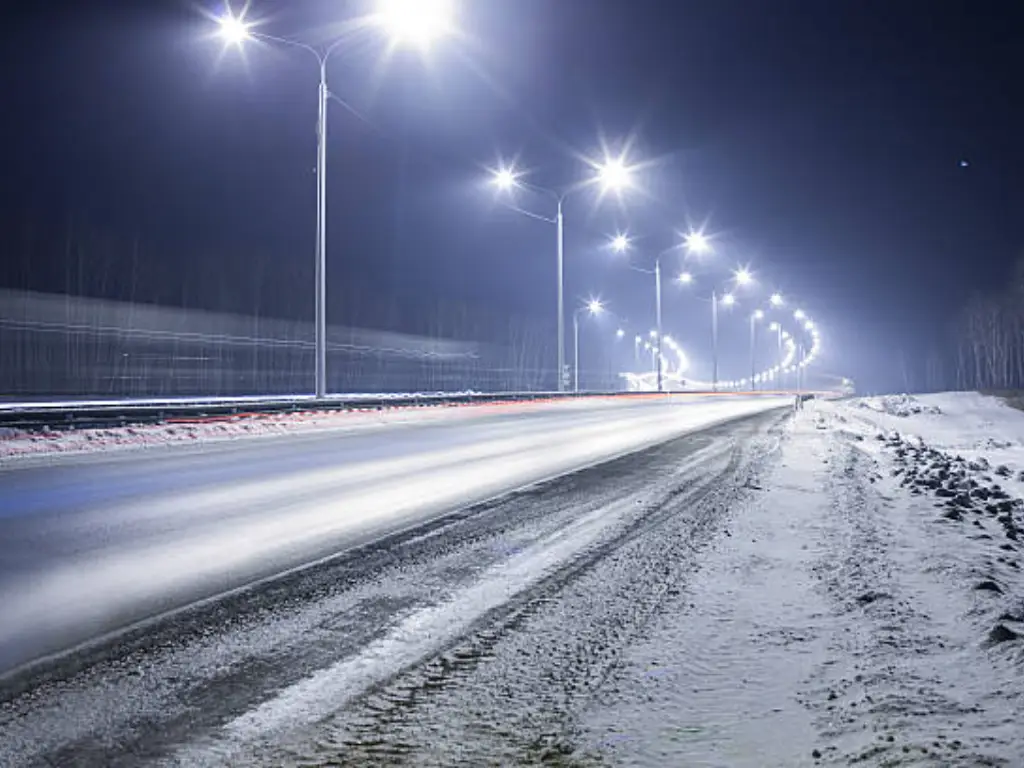
Wosen: Your Partner for Reliable and Efficient LED Outdoor Lighting Solutions
At Wosen, we have been a leader in the manufacture of quality LED lighting solutions since 1992, because we pay attention to the emerging requirements for outdoor lighting technologies. We strive to offer our partners dependable, energy-conserving, and customizable LED and solar street lights that resolve many issues linked to automatic street lighting systems.
Our LED street light models consume energy-efficient and operationally effective power. For example, Wosen offers models of standard LED street lights that have an energy efficiency rating commensurate with the requirement of highly economizing fixtures, which is purported to be up to 70% less than the energy consumption of HID lamps with further illumination over and above that provided by conventional fixtures.
Wosen’s LED street lights are constructed from materials of high quality and unparalleled engineering which allows them to provide outdoor light for up to 50,000 hours. This lifespan ensures that spending on maintaining the light will drastically be reduced and also the frequency of replacing the light as well as disruptions to daily activities will be minimized.
Our LED street lights offer safe and comfortable visibility at night and, therefore, provide safety for pedestrians as well as driven vehicles. Also, our lights possess the IP66 waterproof grading that protects the fixtures from dust and water guarding the outdoor premises so that they can be used and further expose them to various environmental conditions for reliable use in the long term.
In response to the problem of intelligent sociable street lighting systems, Wosen has placed LED street lights equipped with human sensors and radar sensor technology. The dimming capability is especially useful when motion is not being detected, and the lamps can be set to increase illumination as needed. This approach not only saves more energy but also improves safety in the zones that are illuminated.
Our commitment to reliable quality is further demonstrated by holding certificates from overseas such as UL, TUV, ENEC, RoHS, SAA, and ISO9001 which borders more than 90% of the competition in our industry’s standard certification, during the operation of advanced management of quality systems Wosen is certifying to international led lighting standards.
| Feature | Traditional Street Lighting | Wosen LED Street Lighting |
| Energy Consumption | High | Up to 70% Lower |
| Lifespan | 15,000 – 20,000 hours | Up to 50,000 hours |
| Maintenance Frequency | High | Low |
| Light Distribution | Uneven | Even and Gentle |
| Sensor Technology | Not Typically Included | Optional (Human/Radar) |
| Waterproof Rating | Varies | IP66 |
Conclusion
The implementation of automatic street lighting control systems marks an improvement towards more efficient and environmentally friendly sustainable urban centers.
These systems feature improvements in light control and provide automatic inspection functionality, but we must remember the pitfalls of a system such as initial costs and maintenance concerns. By understanding these benefits along with the challenges, policymakers are able to decide what best fits their contexts.
Policy makers looking to invest in reliable LED street lights can trust Wosen, who is committed to providing responsive solutions that meet market needs. Our LED street lights strive to maximize energy efficiency and safety while offering ease of maintenance and customizable options for various applications. With Wosen, policymakers are assured that adopting new technology such as automatic street lights will lead to enhanced sustainability.
